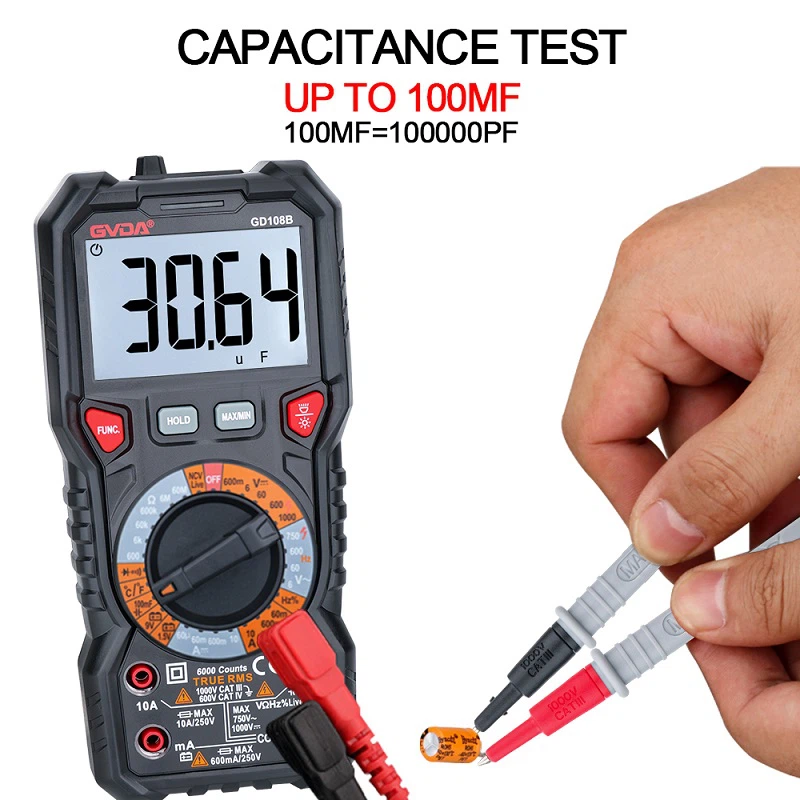Learn to use a multimeter to troubleshoot problems, and you won't have to rely on others for help.
Methods for Using a Multimeter to Check for Short Circuits in Wires
Short Circuit in Wires: A short circuit in wires occurs when the live wire and the neutral wire are connected. That's why we call it a wire short circuit.
To determine whether there is a short circuit between the live wire and the neutral wire using a multimeter, we should use the buzzer mode of the multimeter. First, make sure the power is off. Then, place the red test lead on the live wire and the black test lead on the neutral wire. If there is a buzzing sound, it means the circuit is connected. If the live wire and the neutral wire are connected, it indicates a short - circuit in the wires. If the multimeter shows no reaction, it means the circuit is not connected. If the live wire and the neutral wire are not connected, it means there is no short - circuit in the wires.
Note: When using a multimeter to check for short circuits, first turn off the power and disconnect the live wire and the neutral wire from the load.
Methods for Using a Multimeter to Check for Open Circuits in Wires
Open Circuit in Wires: An open circuit in wires means that the wire is not conducting electricity, and there is a break point in the middle of the wire. We also call it an open circuit.
To determine whether there is an open circuit in a wire using a multimeter, we also use the buzzer mode. Place the red and black test leads at the two ends of the wire respectively. If there is a buzzing sound, it means the wire is conducting. If the multimeter shows no reaction, it means the wire is broken, that is, there is an open circuit in the wire.
Note: When using a multimeter to determine whether there is an open circuit in a wire, measure at the break point of the wire.
Methods for Using a Multimeter to Check for Leakage in Wires
Leakage in Wires: Leakage in wires occurs when the live wire is connected to the ground wire or the neutral wire is connected to the ground wire. We call this leakage. When the live wire is connected to the ground wire, it is called live - wire leakage. When the neutral wire is connected to the ground wire, it is called neutral - wire leakage.
Leakage in Household Appliances: Leakage in household appliances means that the wires of the household appliance are connected to the metal shell of the appliance. We call this household - appliance leakage.
To determine whether there is leakage in wires using a multimeter, we also use the buzzer mode. Measure the live wire and the ground wire, and the neutral wire and the ground wire respectively with the red and black test leads. If there is a buzzing sound, it means there is leakage. If the multimeter shows no reaction, it means there is no leakage.
To determine whether there is leakage in household appliances using a multimeter, we also use the buzzer mode. Place the red and black test leads on the wires of the household appliance and the metal shell of the appliance respectively. If the multimeter makes a buzzing sound, it means there is leakage. If the multimeter shows no reaction, it means there is no leakage.






